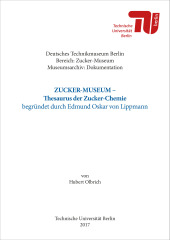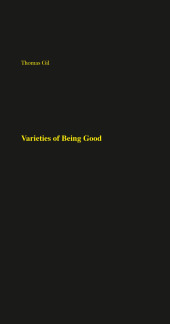Die historische Kulturlandschaft Potsdams
Eine denkmalpflegerische Untersuchung am Beispiel des inneren Westraums

Publishing year: 2016
In recent years, the terms ‘homeland’ and ‘cultural landscape’ have become more popular, which is preceded by an increased identification with the place of residence and appreciation for historically significant landscapes. This shift is more often an expression of a counter-movement to the current trends in the cultural landscape – a process of growing homogenization that increasingly makes characteristics disappear leading to a unification of diverse images of settlements and landscapes. After centuries of development, the ’isle’ of Potsdam has become a paradise which in the 21st century is considered an outstanding example of the symbiosis of ecological, functional and aesthetic aspects. However, more and more often the question of how much of this historic stamp is still quantitatively present in the landscape and to what extent it is still qualitatively perceptible arises. It almost seems as if it is reserved for the imagination of professionals to assemble the historical component to the oft-quoted ‘Gesamtkunstwerk’. The first focus of the work is the analysis of the natural conditions and cultural-historical connections of the cultural landscape of Potsdam. The development, particularly that of the historic cultural landscape, is visualized by numerous maps. For the first time, the spatial dimension of the entire historic cultural landscape of Potsdam and its newly developed distinct regions is presented. The latter are defined and their characteristic traits and limits are described. The study of the inner western region, as one of nine cultural landscape areas, constitutes the second thematic focus. The typical analysis and evaluation methods are introduced and applied to this region in which the method to inventory essential objects of the historic cultural landscape is of special importance. In addition, the significance of the inner western region for the historic cultural landscape of Potsdam is provided, concepts and guiding principles are described and current planning projects and their potential impact are presented. In December 2015, the Regionalverband Mittlerer Oberrhein honored this work with the Martin-Stieghorst-Award for developing methodically innovative approaches in the field of cultural landscape research. In 2014, it was selected as the best master’s thesis in the graduation year 2013/2014 in the Landscape Architecture program, Department of Conservation, Technical University of Berlin.



